We love watching fast moving wildlife and our typcial image involves freezing their motion with our cameras to produce detail that our eyes cannot see while the animal is in motion. Capturing a diverse set of images is always a challenge for any photographer and adding motion to an image provides the viewer with a feeling of movement as they stare into a still image.
To add motion and a feeling of wildlifes speed, try experimenting with diffent shutter speeds to produce the amount of motion you desire in your images.
I like to photograph Bald Eagles (some friends say its a bit of an addiction) and typically prefer shutter speeds of 1/1,250 second to 1/1,600 second to freeze the eagles wings and talons. When the light is low, it is fun to experiment with different settings to produce a different look and feel.
Here are some examples:
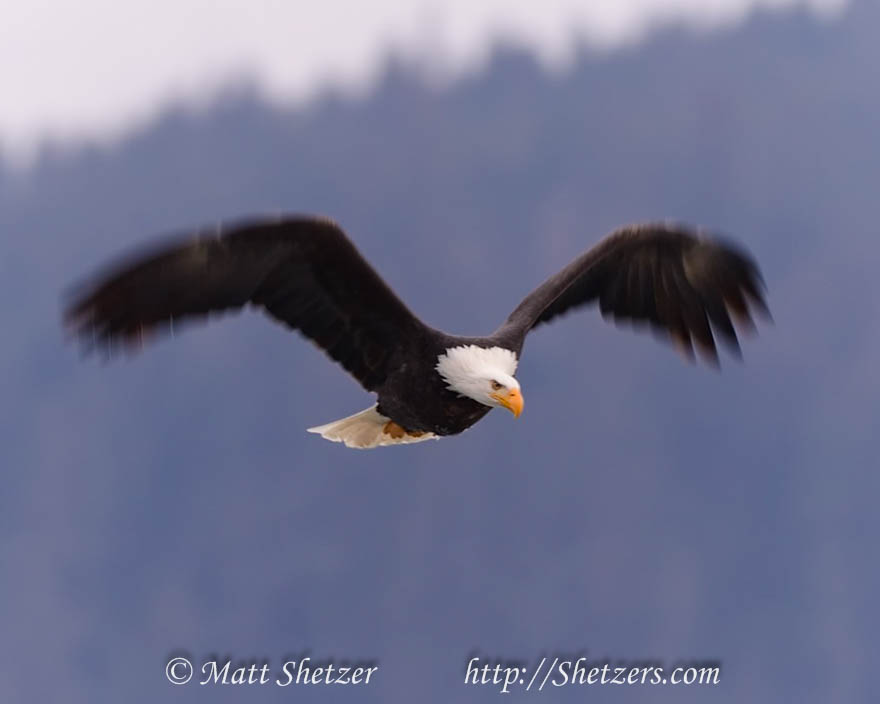
1/125 second exposure with smooth panning on a gimballed head. The smooth panning lets you maintain sharpness in the body and eyes of the eagle while the motion of wings are blurred giving the feeling of speed.
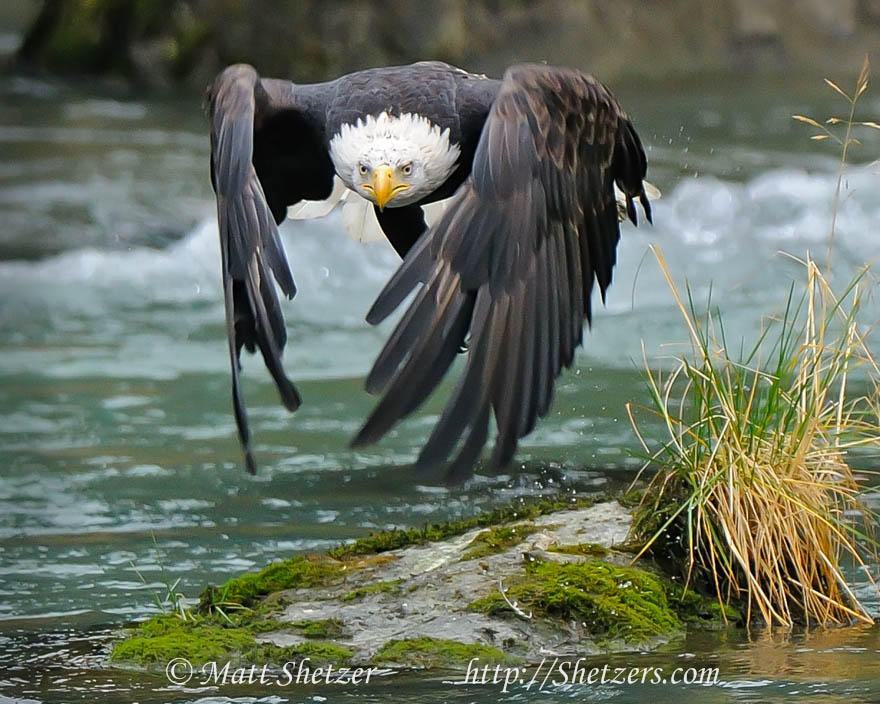
1/800 second exposure to produce motion blur in the wing tips of the eagle. By selection shutter speeds just slower than optimal for freezing motion, you can add a little motion to select parts of your images
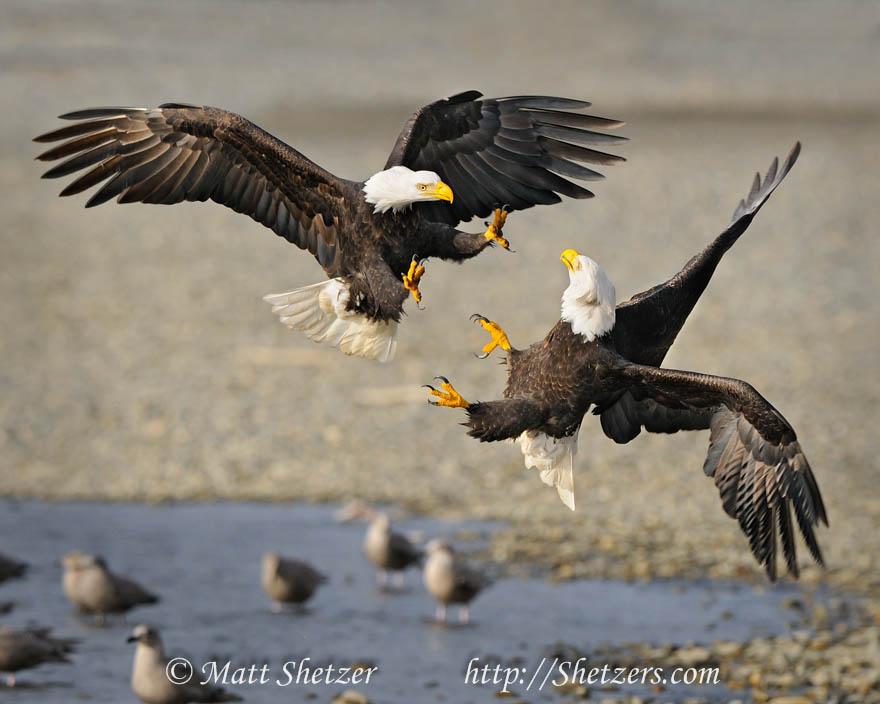
1/1,250 second exposure to freeze the motion. Lots of action here, and it was critcal to keep the talons sharp as they are the focus point of the image.
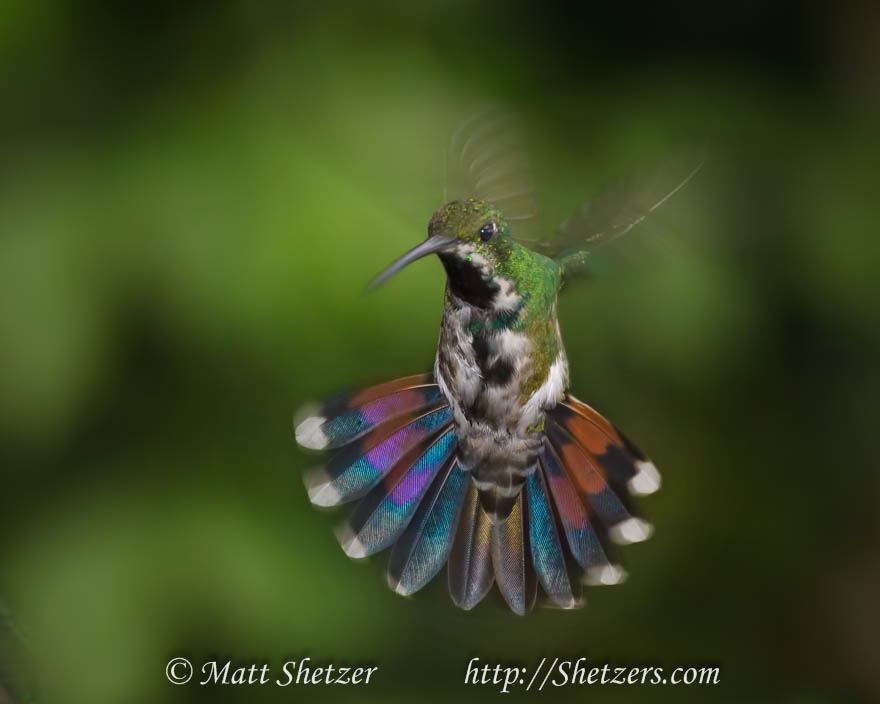
1/250 second exposure. This shutter speed was fast enough to freeze the head of the hummingbird, yet slow enought to produce complete blur in the wings
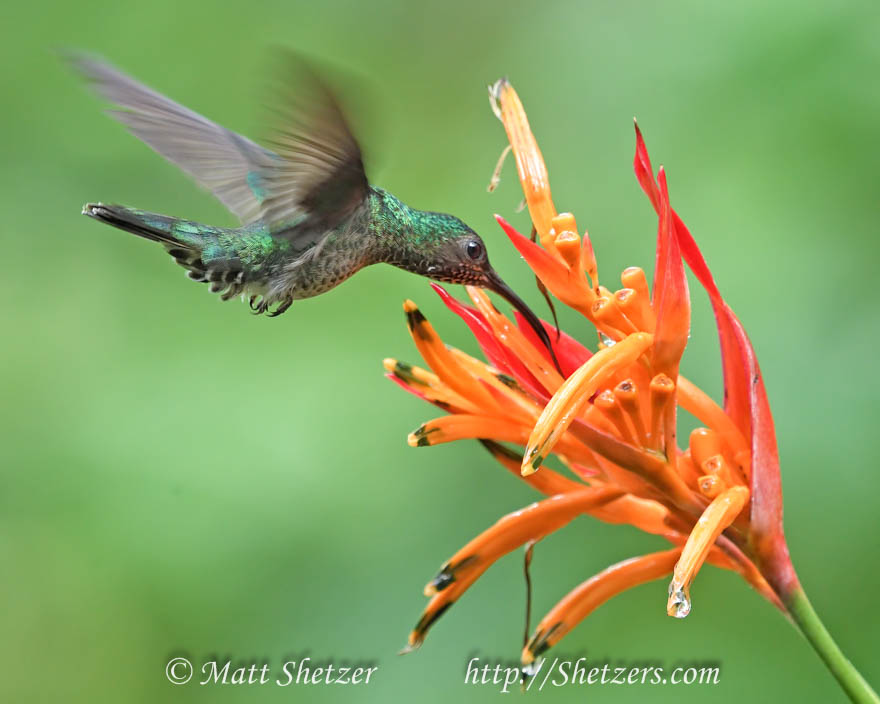
1/640 second exposure which still producing lots of blur in the wings on the hummingbirds who wings beat 80 times a second The wings have much more definition than 1/250s.
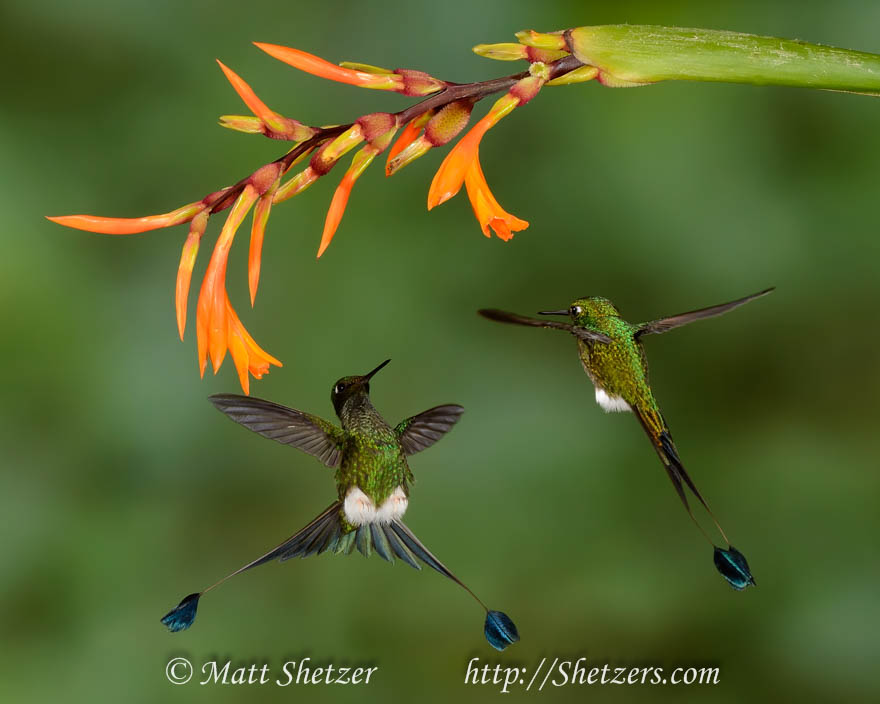
By using our multi-flash system we are able to procude equailvant to 1/5,000 second exposure freezing the wings and creating enough depth of field
As you can see, experimenting with a wide range of shutter speeds produces drastically different results. Those days where the light is lower than optimal is a great time to practice and learn which style is your favorite. Get out there and enjoy wildlife photography.
